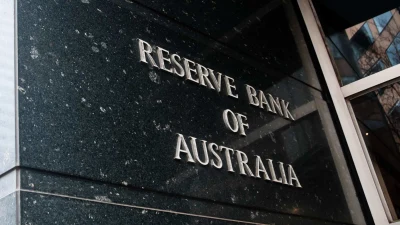First home buyers prefer investmennt property


More first home buyers were opting to buy an investment property before buying an owner-occupied home as property prices soared in Australian capital cities, new data showed.
Mortgage Choice's Investor Survey showed 36.6 per cent of investors were first time buyers, an increase from last year's figure of 21.1 per cent.
One in four first time buyers said they had bought an investment property first because it was more affordable.
When asked why they did this, 26.6 per cent of respondents said they could easily afford it, while 26.5 per cent said it allowed them to enter the property market, while 18.9 per cent said it allowed them to buy property they could afford while still living where they wanted.
But Mortgage Choice chief executive, John Flavell, said he expected a decline in the number of first time buyers opting for investment properties next year.
"As a result of APRA's decision to cap investment lending growth at 10 per for lenders, many of Australia's banks have started to make some sweeping changes to their investment lending policies," he said.
"Unfortunately, it won't be the middle-aged, middle-class or foreign investors who are locked out of the market, it will be first home buyers — those struggling to get a start."
The disparity between those who owned property and those who did not will only widen as a result, he said.
Recommended for you
Money Management examines the share price of financial advice licensees over one year to 31 March, with M&A actions in the final quarter having a positive effect for two licensees.
A $3.5 million settlement for victims of Melissa Caddick has been approved by the Federal Court following an initial agreement last December.
The Reserve Bank of Australia has delivered its first rate decision since the introduction of a new board structure last month.
Digital advice provider Otivo has launched an interactive tool, powered by artificial intelligence and Otivo’s own advice engine, to help answer client questions.















